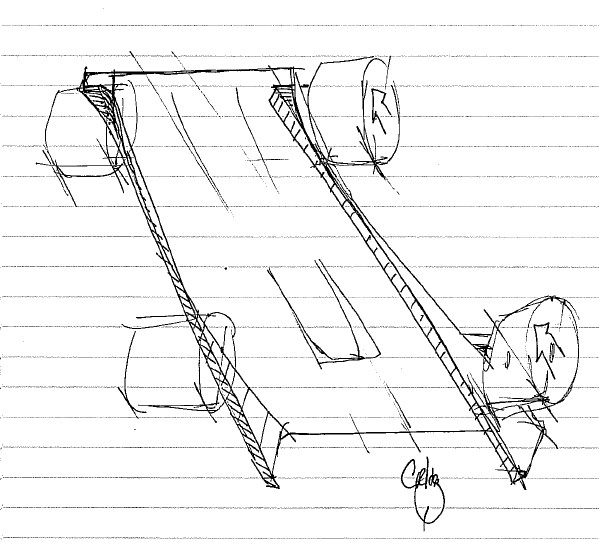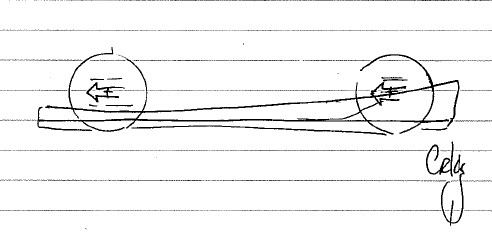Have you ever vacuumed the floor? It's basically the same, just done with racing in mind.
The idea is to have a chamber (underbody) that is sealed on the front, sides, and maybe even the rear. Then you suck the air out. In some older, radical racing cars (notably the Can Am Chaparral 2J of 1970 and the 1978 Brabahm BT46B) they had a fan at the rear to suck out the air from the underbody.
http://www.petelyons.com/Photo%20Galler ... ucker.html
Now some numbers. If you can get an underbody of just five feet by ten feet, and achieve just a reduction of one PSI, you get a downforce of 7,200 Lbs.
But they were too radical, too dominant over conventional race cars of their era, and found themselves out of favor.
The fans went the way of the dodo, but the idea was too strong to die. So some later series of race cars evolved where they were still closed off at the front and sides (the famous sliding side skirts) but the rear was a huge venturi at the rear to suck as much air out as possible.
The current Formula One car has severe regulations to avoid ground effects. Sliding skirts are banned, ride height of the chassis is controlled, and most of the underbody is fixed in dimension and flat. But at the rear, where the regulations allow, the designers put in diffusers to suck as much air out as possible. The high nose and all those bargeboards and turning vanes are there to carefully control how much air enters the underbody. The sidepods are sculpted to have a low pressure zone along the side of the sidepods, and the underbody flat tray is sharp, to discourage the flow of higher pressure air from the sides flowing under the body.
Ground effects are very much alive and well in racing, the engineers just have more restrictions and have to use every trick to eke out as much downforce from the chassis as possible.




